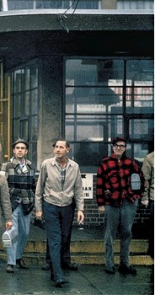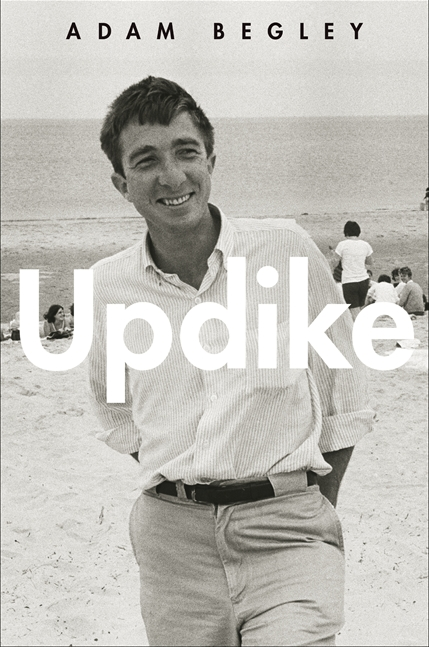James Yerkes, who for many years published online news pertaining to John Updike in The Centaurian, and who received The John Updike Society’s first Distinguished Service Award in 2010, has donated the collection of Updike books, letters, galleys, and Updike-related materials he amassed with his wife, Ruth, to Gustavus Adolphus College.
 Here’s the announcement from Gustavus Adolphus:
Here’s the announcement from Gustavus Adolphus:
The John Updike Collection of James and Ruth Yerkes has been generously donated to the Folke Bernadotte Memorial Library at Gustavus Adolphus College in St. Peter, Minnesota. James Yerkes, retired professor of religion and philosophy at Moravian College and editor of a scholarly collection of essays, John Updike and Religion (Eerdmans, 1999), amassed a collection of works by and about the prolific American novelist and critic. Yerkes posted news and commentary about Updike at a website, The Centaurian, which he founded in 1996. He continued to update it for 14 years, until his web host suffered a server malfunction and ceased providing web services. (Remnants of the site, previously found at http://userpages.prexar.com/joyerkes/, are available in the Internet Archive’s Wayback Machine.)
The collection includes signed first editions, paperback editions, galley proofs and advanced reader copies of Updike’s novels, short stories, poetry, criticism, and children’s books. It also includes stories and essays by Updike published in magazines, as well as limited editions, broadsides, audio and video recordings, materials from public appearances, and works about Updike.
In addition to these materials, the collection includes hand-typed postcards from the author to Yerkes, many of them conveying his bemused feelings about the Internet, as well as correspondence from website visitors, fascinating documentation of the cultural role a popular website devoted to an American author played during the early days of the World Wide Web.
For further information about this collection, which is still being processed, contact Barbara Fister (foster@gustavus.edu).
Gustavus Adolphus College is a private, four-year, liberal arts college that was founded in 1862 by Swedish Americans. Located in St. Peter, Minnesota (near Mankato), the college has a student population of 2600, on average. The library will undergo a renovation in 2014.
 From the Iran Book News Agency comes the announcement that “‘Blue House’ House to Stories of Noted Writers” was recently published in Persian, a five-story collection featuring authors Alice Munro, John Updike, Alistair Morgan, and Kate Walbert.
From the Iran Book News Agency comes the announcement that “‘Blue House’ House to Stories of Noted Writers” was recently published in Persian, a five-story collection featuring authors Alice Munro, John Updike, Alistair Morgan, and Kate Walbert.




